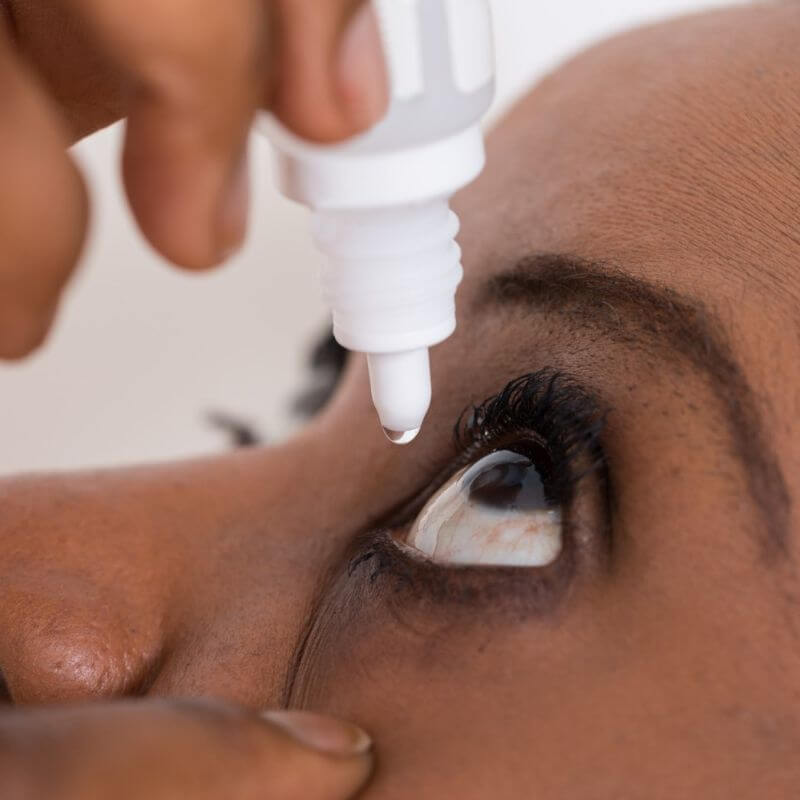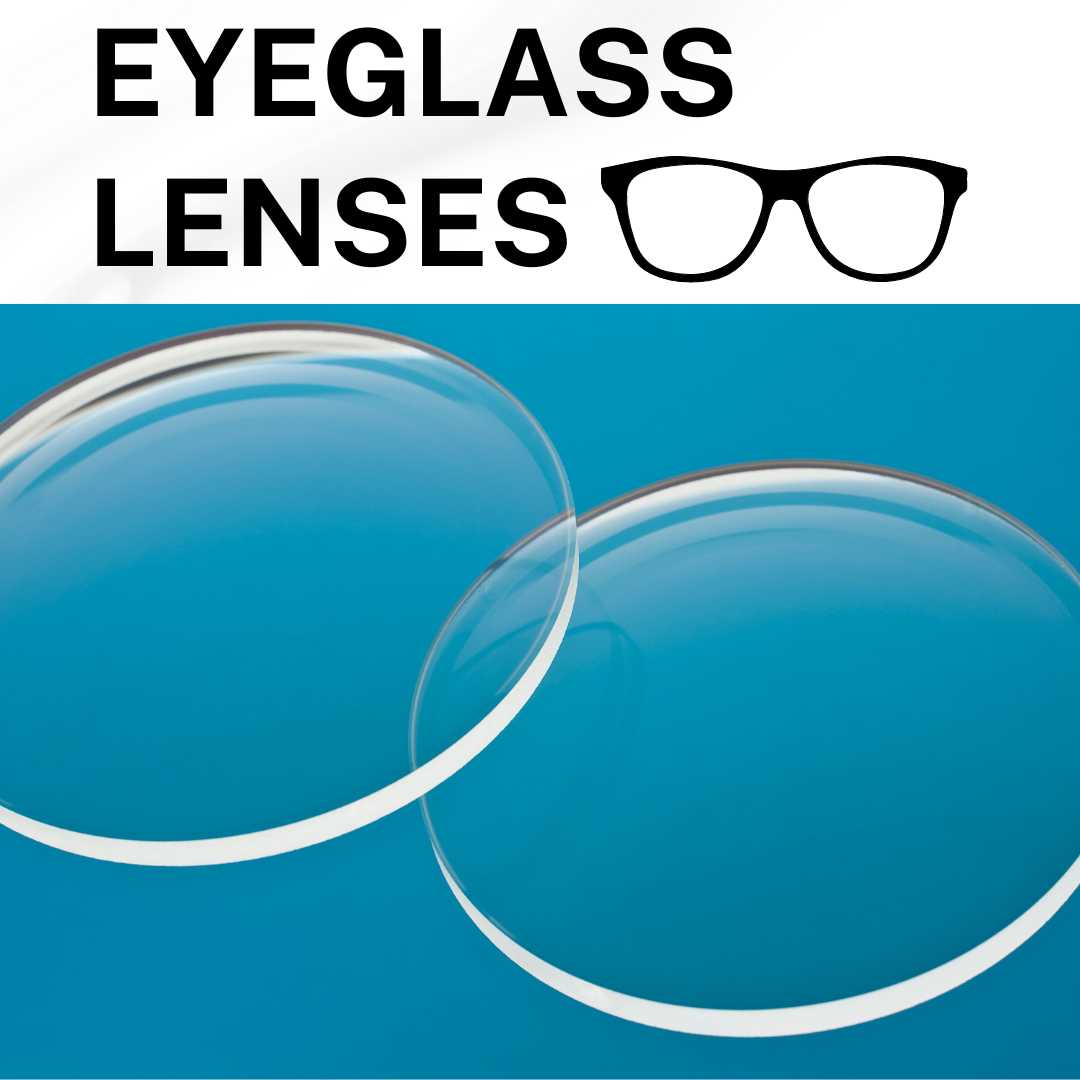Contact lenses are thin, clear lenses worn directly on the surface of the eye. They are medical devices mainly used to correct vision problems like short-sightedness (myopia), long-sightedness (hyperopia), astigmatism, and presbyopia. They can also help manage conditions like keratoconus.
Contact lenses are a great alternative for most people who need prescription eyewear but do not like eyeglasses. They are also used for cosmetic purposes such as enhancing or changing eye colour, creating special eye effects, and covering eye defects like corneal scars.
Types
Contact lenses can be grouped in different ways:
1. By Lens Design
-
Single Vision: These lenses, also known as spherical contact lenses, have one consistent power and are used for myopia or hyperopia.
-
Toric Lenses: Designed to correct astigmatism.
-
Multifocal Lenses: These correct both distance and near vision, often used for presbyopia.
-
Cosmetic Lenses: Worn to enhance or change eye colour or mask defects like corneal scars.
-
Scleral Lenses: Large lenses that rest on the white part of the eye. They are used to manage corneal irregularities like keratoconus.
2. By Lens Material (Pliability)
-
Soft Lenses: Flexible and more comfortable. They are made of hydrogel or silicone hydrogel and come in daily or extended wear options.
-
Hard (Rigid) Lenses: Less flexible but offer sharp vision. Modern versions are smaller and more comfortable than older types. They may take longer to get used to.
3. By Wearing Schedule
-
Daily Wear Lenses: Worn during the day and removed before sleep.
-
Extended Wear Lenses: Can be worn overnight for up to 7 days, depending on the type and doctor’s advice.
Both types may be:
-
Single-use (Disposable): Worn once and thrown away.
-
Reusable: Cleaned and stored for repeated use, following your doctor’s instructions.
4. By Replacement Schedule
-
Daily Disposable: Thrown away after one use.
-
2-Week Disposable: Replaced every 2 weeks or less.
-
Monthly/Quarterly Lenses: Replaced monthly or every 3 months.
-
Conventional Lenses: Last 6 months to a year, but are now less common.
Uses
Contact lenses are used for the following:
- Correcting refractive errors (e.g., myopia, hyperopia, astigmatism) and presbyopia
- Managing corneal issues like keratoconus
- Orthokeratology (temporarily reshaping the cornea to control myopia)
- Acting as a bandage lens in some corneal injuries
- Cosmetic enhancement or masking eye defects
- Delivering medications directly to the eye (in some special cases)
Before use
Before getting contact lenses for the first time, it’s important to visit the eye clinic for an eye exam and contact lens assessment. A proper eye exam will ensure that lenses are safe and suitable for your eyes.
A typical contact lens assessment includes:
-
Taking a detailed medical and vision history
-
Measuring your vision and determining the right lens prescription
-
Measuring the shape and size of your cornea (keratometry)
-
Checking your eyelid opening and tear quality
-
Assessing overall eye health
If you’re eligible, the doctor may fit you with trial lenses to test comfort and fit before ordering your permanent pair.
When Contact Lenses Should Not Be Used
Contact lenses may not be suitable if you:
-
Have an active eye infection, injury, or inflammation (e.g., a corneal abrasion)
-
Are using medications (including some eye drops) that may not be compatible
-
Have allergies to lens materials or cleaning solutions
-
Cannot care for your lenses properly due to age, illness, or disability
-
Have difficulty inserting or removing lenses
-
Have a history of poor hygiene or not following lens care instructions
-
Experience severe dry eyes (some lens types may not be ideal)
If you’re considering contact lenses, consult the eye doctor. Proper fitting, usage, and care are key to healthy, comfortable lens wear.


